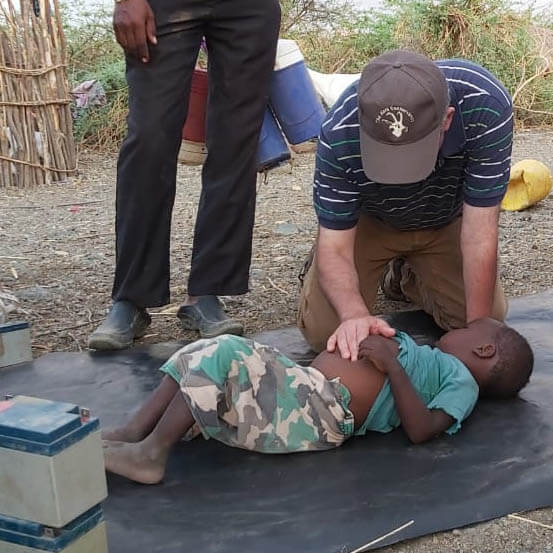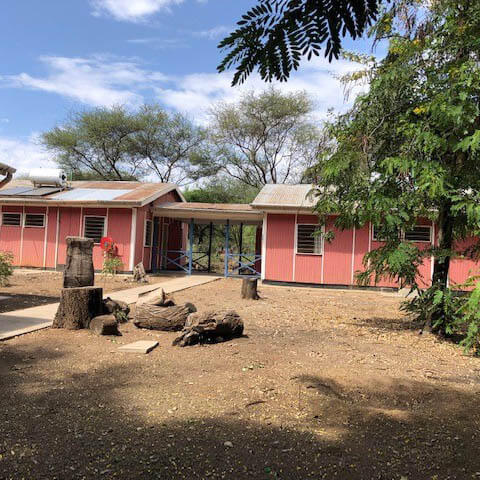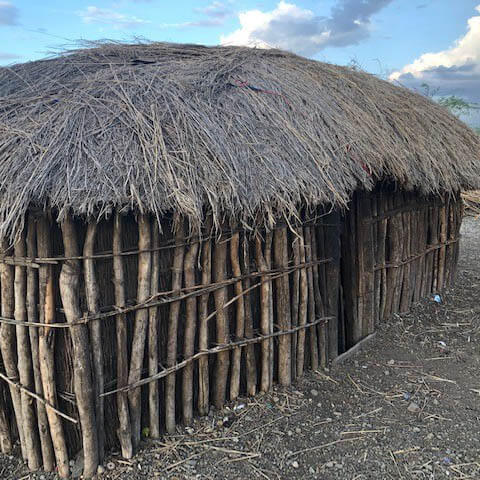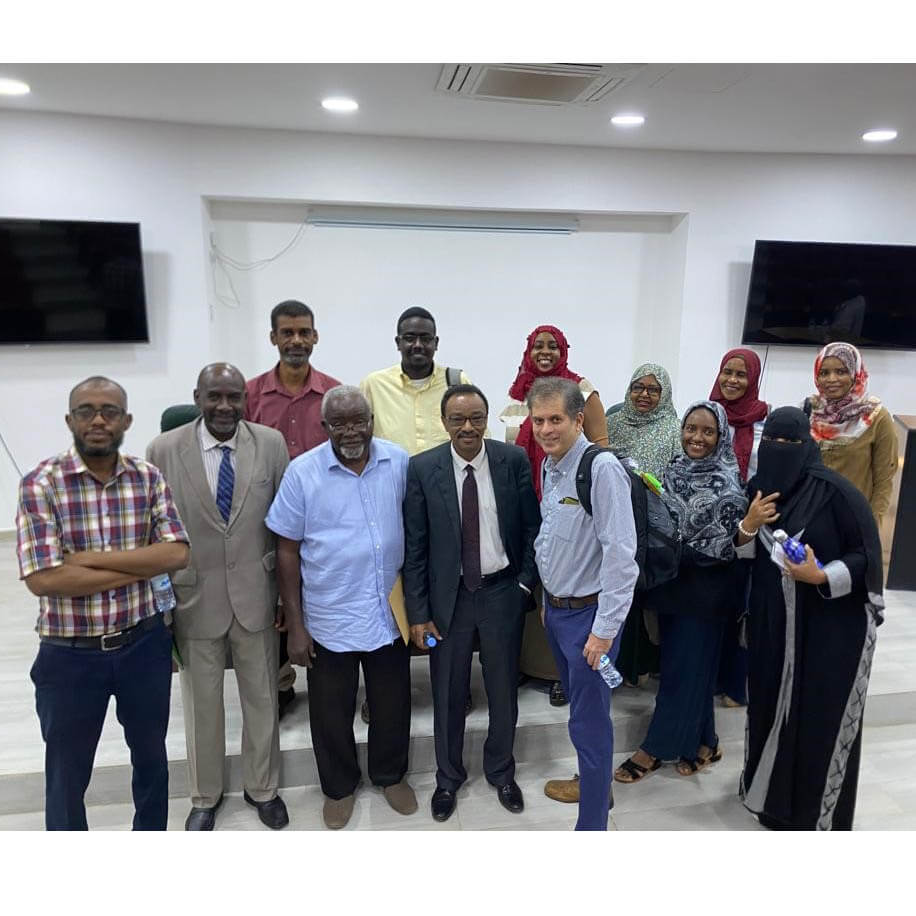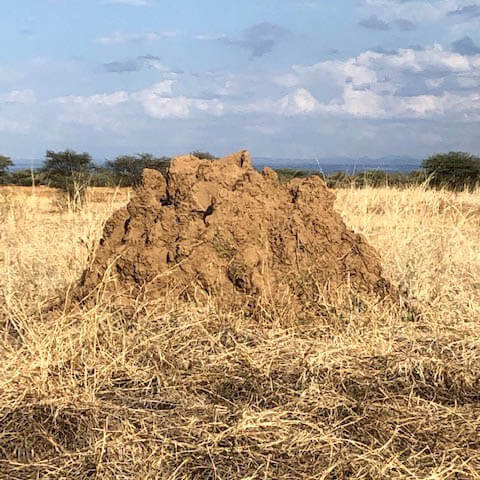Ecotypes Driving Transmission and Pathogenesis of VL and PKDL in Eastern Africa
Principal Investigators: Damaris Matoke & Abhay Satoskar
Lead Institution: Ohio State University, USA
Sites
Background
Over 12 million people currently suffer from leishmaniasis, and approximately 2 million new cases occur each year. Visceral leishmaniasis (VL) is a life-threatening form of leishmaniasis caused by Leishmania donovani or L. infantum. Over 40% of VL cases caused by L. donovani are reported from East Africa, particularly Kenya, Sudan, South Sudan, and Ethiopia. VL in Eastern Africa is an epidemiologically and clinically diverse disease. There are two ecotypes of VL: the northern ecotype (NE-VL) in Northern Ethiopia and Eastern Sudan and the southern ecotype (SE-VL) in Southern Ethiopia, Kenya, Uganda, and Somalia. Unlike Asia, VL in Eastern Africa is targeted for control rather than elimination by WHO, partly due to significant knowledge gaps in ecoepidemiology, vector biology and host, vector and parasite factors driving transmission. To address these knowledge gaps, this TMRC will study the eco-epidemiology of VL in Kenya, Ethiopia and Sudan at sites endemic for SE-VL and NE-VL. We will also determine the factors that influence vector ecology and behavior to establish the drivers of transmission at these sites. Finally, we will characterize host determinants of pathogenesis in VL and PKDL.
Scientific Aims
- Studying the eco-epidemiology of Visceral Leishmaniasis (VL) in Eastern Africa
- Determine potential drivers of VL transmission in Eastern Africa
- Characterize host determinants of pathogenesis of VL and PKDL
Hypotheses
VL transmission of NE-VL and SE-VL is driven by distinct ecological features which provide specific bioclimatic conditions that influence behavior and host preference for the widely distributed and distinct vector species. In VL, macrophages and other phagocytes can be potential reservoirs of parasites in target organs.
Design
We will study the epidemiology of VL at 3 sites in East Africa which are endemic for SE-VL (2 sites) or NE-VL (1 site). Clinical case reports, rk39 serology and PCR will be used to identify index cases. Infection prevalence in index case communities will be monitored prospectively. A map of VL transmission risk will be generated using satellite images in combination with patient and vector data. Comprehensive surveys of sand fly ecotopes and associated environmental factors will be undertaken in relation to Leishmania infection to determine which aspects of vector behavior and ecology drive transmission. Finally, omics studies will be performed to identify cells that harbor parasites in the organs of VL patients and identify potential biomarkers and host factors associated with development of healing versus chronic PKDL.

